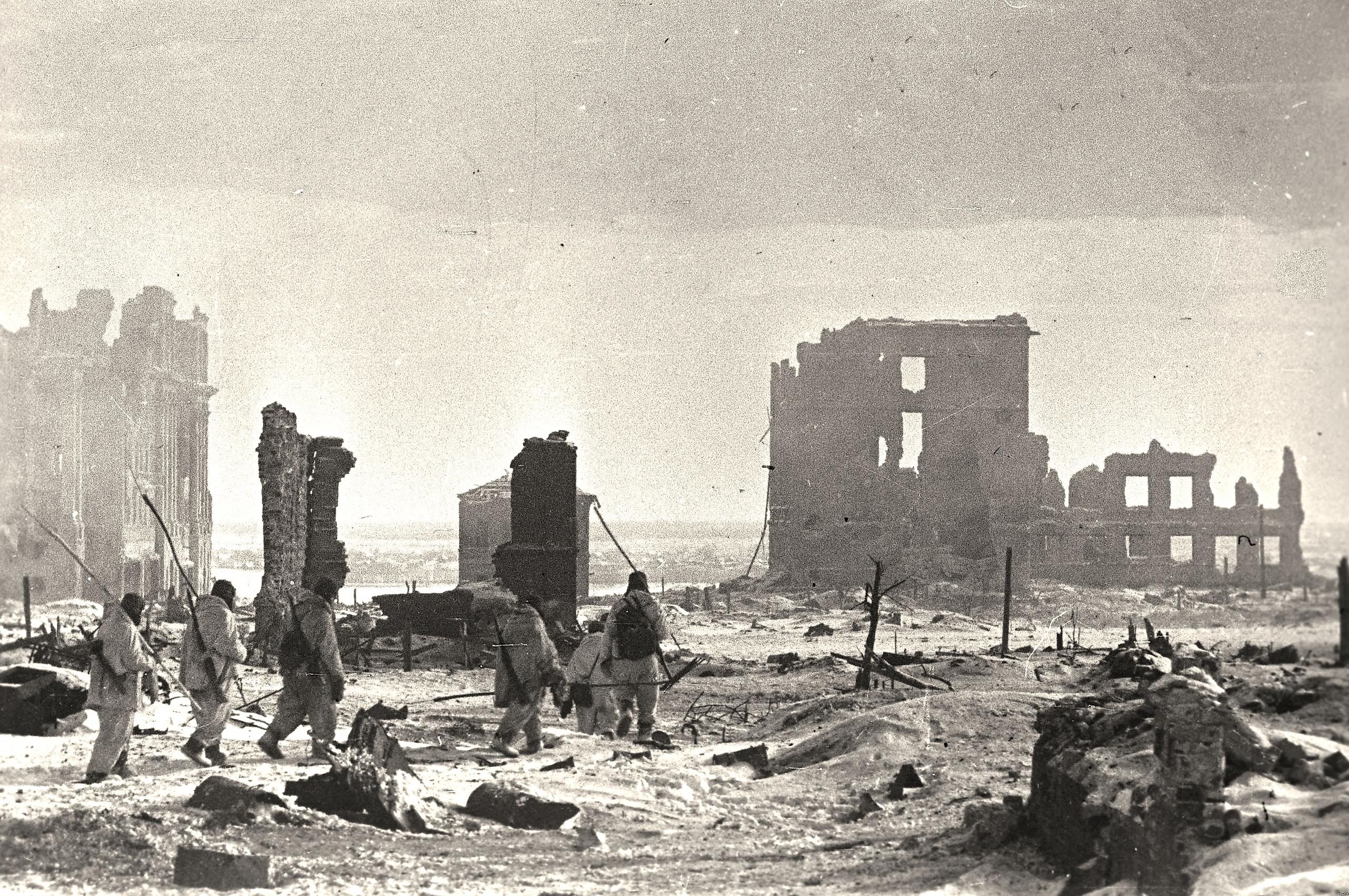
Operation Barbarossa
Germany invaded the Soviet Union (USSR) on June 22, 1941. Codenamed Operation Barbarossa, this campaign was the largest and bloodiest of the Second World War. Moreover, war with the USSR was arguably the most important step in Adolf Hitler's plan to mold the world in accordance with his beliefs. Finally, the invasion ultimately led to Germany's defeat. All these factors and more make Operation Barbarossa a key event in world history.
Hitler's Motivation For Invading The Soviet Union
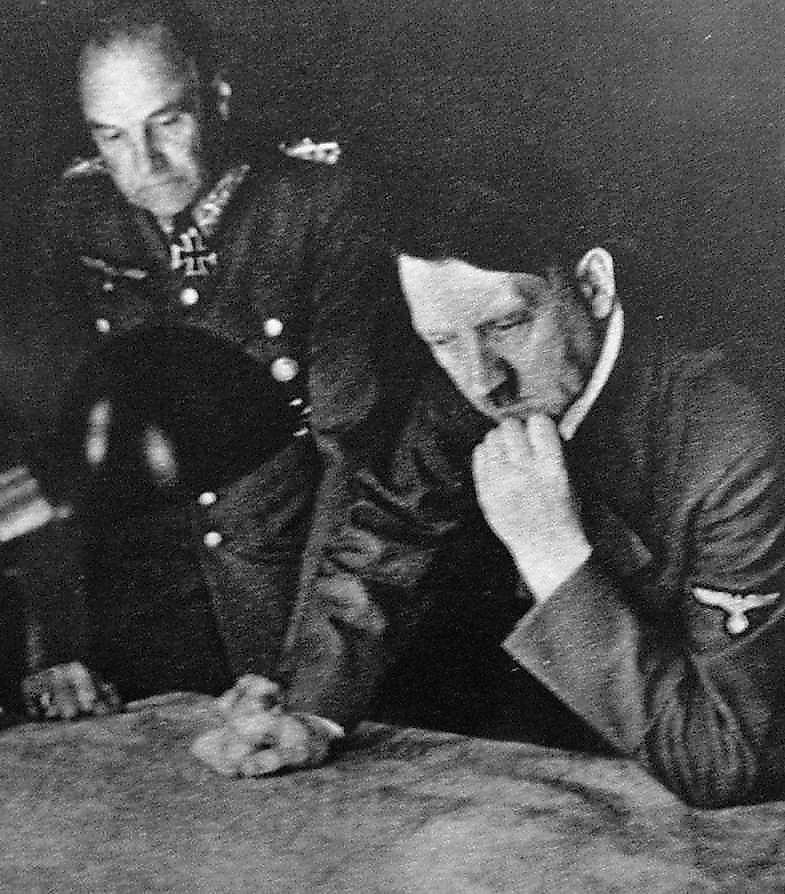
According to Hitler, the nature of the world was one of struggle between hierarchically organized races, with the Germanic peoples, the Aryans, being at the top of this hierarchy and the Slavs and Sub-Saharan Africans being at the bottom. Hitler also believed that a key component in one race winning in this struggle was having enough living space (Lebensraum), with the prime location of this space for the Germans being in the east--in the Soviet Union. When combined with his belief that the USSR was a Jewish-run state (according to Hitler, the Jews were responsible for subverting the struggle-based nature of the world by introducing ideas like democracy, capitalism, and Marxism), this set the stage for Hitler's desire to invade the Soviet Union.
The Beginning Of The Invasion
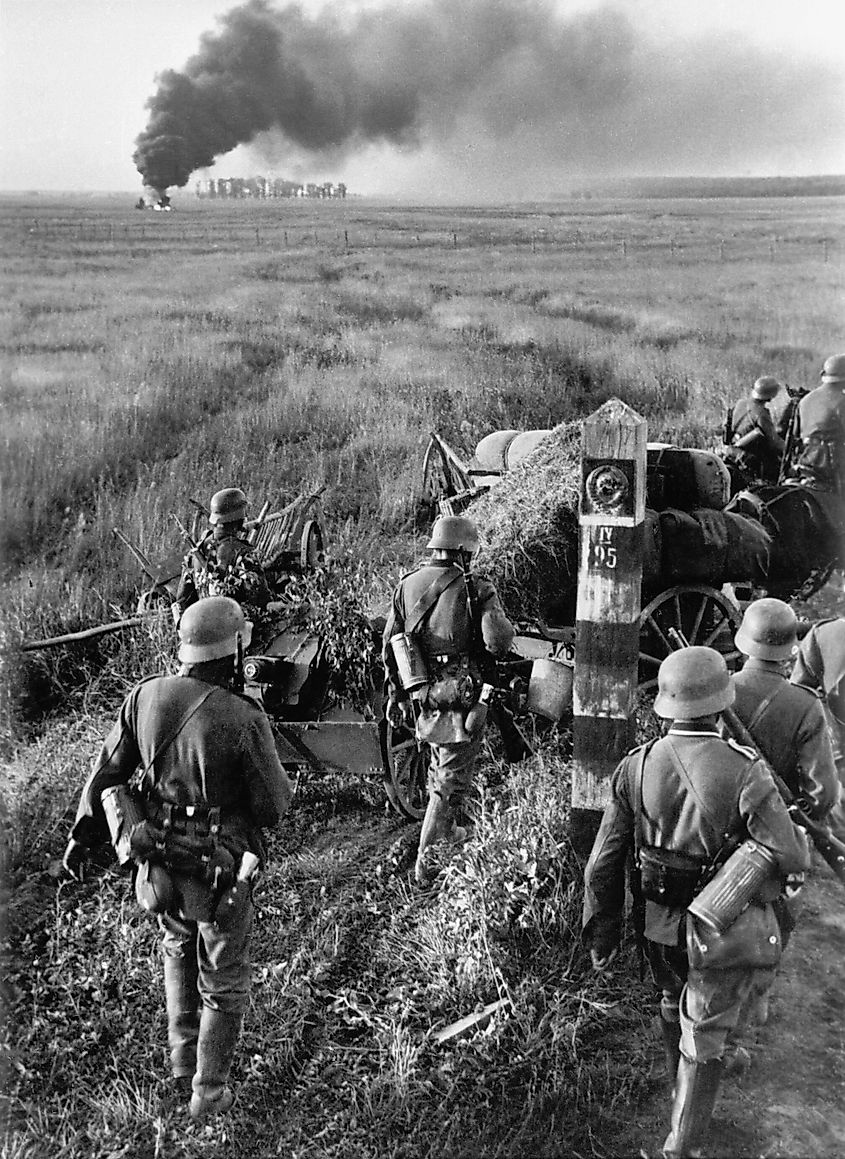
Germany and the USSR signed a non-aggression pact on August 23, 1939. Perhaps intuitively, when considering everything established up to this point, rather than being a true sign of friendship, it was merely a practical move on Germany's part to prevent a war on two fronts. Thus, when Hitler invaded Poland on September 1, 1939, rather than having the USSR, France, and the United Kingdom (UK) all declare war on Germany, he only had to worry about the latter two. Hence, for the better part of the next two years, the war was mostly fought on the Western Front. However, in 1941, German troops started gathering on the Soviet border, accompanied by the Luftwaffe, beginning reconnaissance missions into the country. Finally, on June 22, 1941, Operation Barbarossa began.
Moscow, Stalingrad, Leningrad, And Germany's Ultimate Defeat
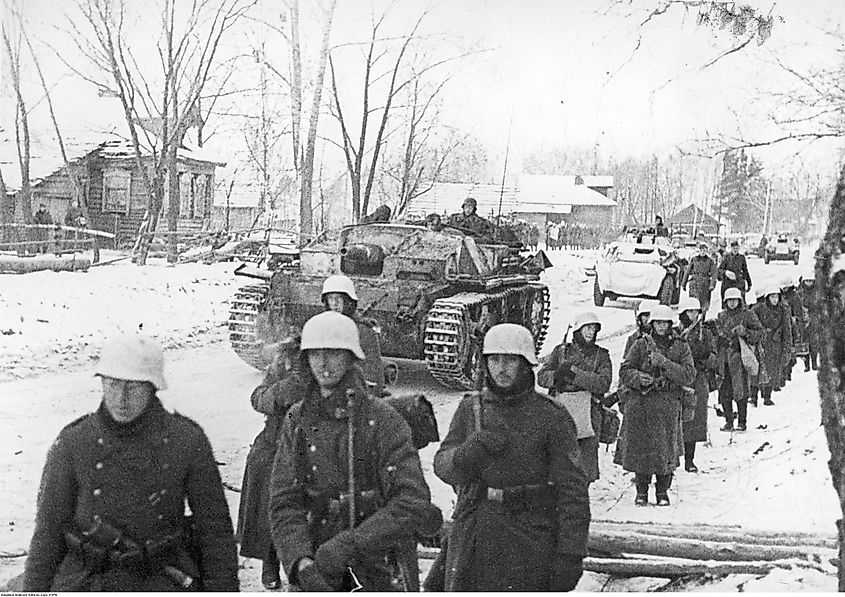
The German Army (the Wehrmacht) was split into three groups for the invasion: Army Group North, Army Group Center, and Army Group South. Army Group Center's objective was Moscow, and by the fall of 1941, they had reached its outskirts. Soviet leader, Joseph Stalin, was initially despondent about this development and retreated to his dacha in a state of denial. But, he eventually returned to the city in time for the November 7th Victory Day parade, in which the tanks rolled down the streets and then went to fight on the front line only kilometers away. This display bolstered the morale of the Soviet citizens and troops. When combined with General Georgy Zhukov returning from the east to help in the battle, the Red Army was able to push back the Germans by early 1942.
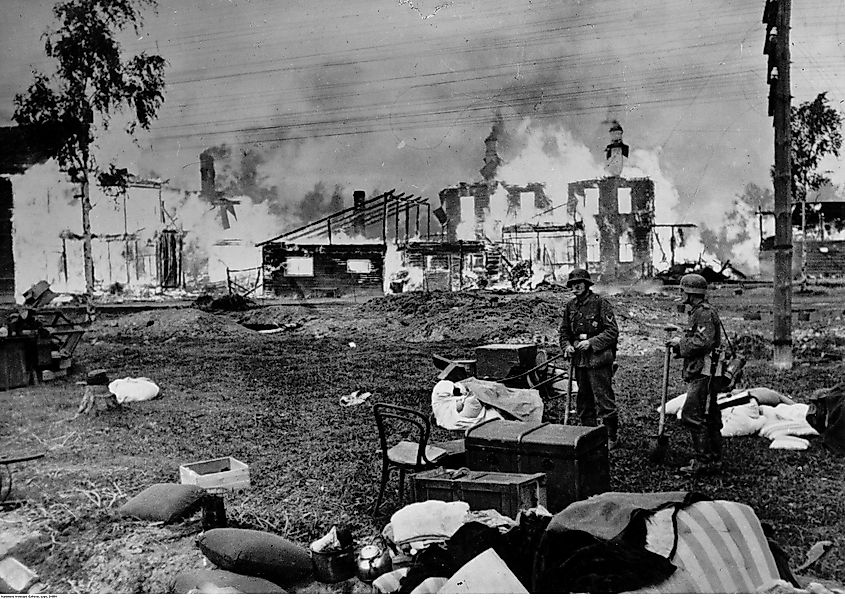
Army Group North's objective was Leningrad, which it reached by late August 1941. However, rather than directly occupying the city, they had orders to completely annihilate it. Therefore, in August and September 1941, the Germans destroyed any transportation going in and out of Leningrad. This was followed by intense aerial and artillery-based bombardment throughout the next two and a half years. But, while these attacks killed many Leningraders, most died due to the famine that occurred during this period. Thus, by the time the Wehrmacht was beaten back at the beginning of 1944, between 600,000 to a million people had died.
Army Group South's objective was Ukraine, followed by the oil fields in the Caucuses. This led to them getting bogged down in the southern Russian city of Stalingrad. Despite having taken most of the city by October 1942, the tides turned in the Soviets' favor as winter fell. Indeed, accompanying the plummeting German morale was a massive Soviet counterattack--accomplished by two prongs of the Red Army linking up north of the city. The Germans were now surrounded. Bit by bit, the Soviets retook the city until Stalingrad was completely liberated in February 1943. This defeat was ultimately fatal for the Nazis, with them being on the defensive for the rest of the war.
In conclusion, Operation Barbarossa was a crucial event in World War II. It represented the culmination of Hitler's efforts to procure Lebensraum in the East. Furthermore, the invasion proved to be a fatal error, with the Wehrmacht being defeated and pushed back, eventually culminating in Germany's defeat in 1945.











